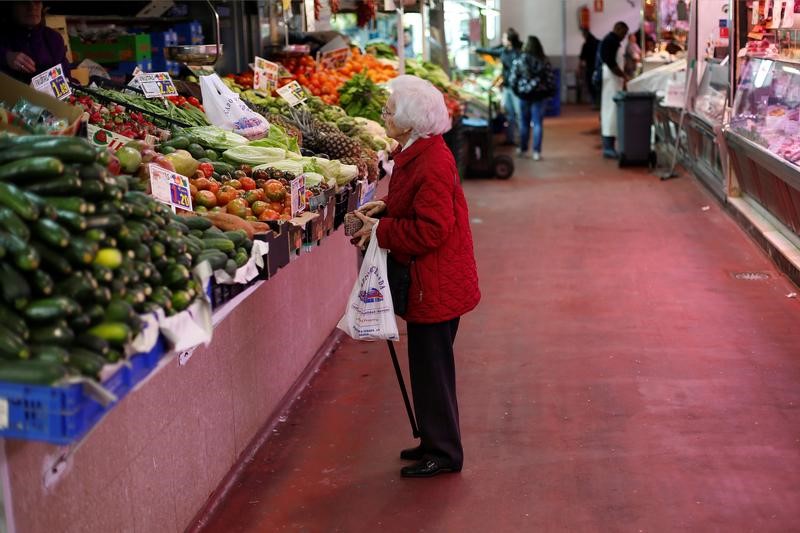BRUSSELS (Reuters) - Euro zone producer prices rose for the third consecutive month in November on a monthly basis, mostly driven by soaring energy prices which offset subdued prices for consumer goods, estimates released on Thursday by Eurostat showed.
The European Union's statistics office said prices at factory gates in the 19 countries sharing the euro increased 0.3 percent month-on-month in November and 0.1 percent from a year earlier.
Both figures were above market forecasts. Economists polled by Reuters had produced an average forecast of a 0.1 percent monthly rise and a 0.1 percent year-on-year decline.
The November increase of the monthly reading is slower than the 0.8 percent rise recorded in October, but confirms a positive trend begun in September when producer prices went up 0.1 percent, after falling 0.2 percent in August.
The monthly rise was driven in November by energy prices which were the strongest component of the reading. They increased 0.7 percent, slowing down from a 2.6 percent increase in October.
Producer prices are an indication of consumer price trends, because unless cushioned by intermediaries and retailers, their changes translate directly into the final prices of goods and services for consumers.
The rise of industrial prices is positive news for the European Central Bank which wants consumer prices to rise below, but close to 2 percent over a two-year horizon.
Consumer inflation in December was 1.1 percent, the highest level since September 2013, Eurostat estimated on Wednesday.
Subdued prices for consumer goods confirmed however that inflation trends were still not structurally changed and remained mostly driven by volatile energy prices.
In November, prices of non-durable consumer goods, such as clothing, went up 0.1 percent on the month, below the total industry average.
Prices of durable consumer goods, such as cars or refrigerators, were the only component to show a decline, easing 0.1 percent month-on-month.
Capital goods, like machinery, saw prices unchanged, signalling little appetite for new investment. Prices for intermediate goods went up by 0.5 percent.
